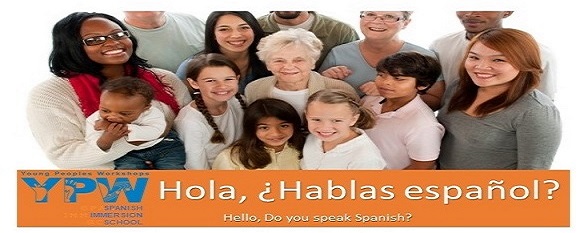¿MUY OR MUCHO?

Using mucho instead of muy and vice versa is one of those mistakes that Spanish learners get hung up on. So, don’t worry! You are not alone! We will go over the differences so that you can stop worrying if you used the correct word or not!
LET’S START OF WITH MUCHO
Things to know:
- In English it means many, much, a lot (of)
- “Mucho” can function as an adjective and as an adverb
MUCHO (ADJETIVO) + SUSTANTIVO
NOTE: HERE AS MUCHO IS BEING USED AS AN ADJECTIVE IT WILL HAVE VARIATION DEPENDING ON THE GENDER AND NUMBER OF THE NOUN THAT FOLLOWS IT.
| Spanish | English |
| Hay mucho entusiasmo aquí. | There is a lot of enthusiasm here. |
| Tengo mucha tarea hoy. | I have a lot of homework today. |
| Mi hermana tiene muchos perros. | My sister has a lot of dogs. |
| Muchas personas van a trabajar en bicicleta. | Many people go to work on their bikes. |
VERBO + MUCHO (ADVERBIO)
NOTE: HERE, HOWEVER, AS MUCHO FUNTIONS AS AN ADVERB IT WILL NOT SUFFER ANY MODIFICATIONS.
| Spanish | English |
| Estudié mucho para el examen. | I studied a lot for the exam. |
| Quiero mucho a mis mascotas. | I love my pets very much. |
AND NOW MUY
Things to know:
- in English it means very
- it is an adverb
- it does not vary in terms of gender or number
- you can never have the word “muy” by itself, it needs to be followed by an adjective or an adverb
MUY + ADJETIVO
| Spanish | English |
| El regalo es muy original. | The present is very original. |
| La comida japonesa es muy rica. | Japanese food is very delicious. |
| Los perros son muy cariñosos. | The dogs are very sweet. |
| Las plantas están muy hermosas. | The plants are very beautiful. |
MUY + ADVERBIO
| Spanish | English |
| Mi hijo corre muy rápido. | My son runs very fast. |
| Hoy me siento muy bien. | Today I feel great! |
